First and Foremost: What Does Plant Based Protein Mean?
Plant based protein sources are simply sources of protein that do not come from animals or animal products. These protein sources are suitable for vegetarian diets and vegan diets, but anyone can benefit from incorporating them into their diet. Sometimes, there is a misconception that plant based protein is more expensive than animal products, but this isn’t always the case. There are a number of affordable plant based protein sources that are easy to incorporate into a vegan, vegetarian, or traditional meat-eating diet.

What Are Plant Based Protein Sources? How Can I Get Protein Without Eating Meat?
I’m not a nutritionist or a scientist, so bear with me here as I research some unfamiliar terrain (and check out my source material at the bottom of this post).
A major misconception surrounding vegetarian, vegan, and plant-based diets is that it’s difficult or impossible to consume enough protein without eating animal products. However, there are a number of cheap vegan protein sources out there that are versatile and easy to use.
This really isn’t true, and this Medical News Today article has some great explanations as to why this is so. While proteins may not be as plentiful in plant based eating compared to meat products, it only requires a little planning to ensure vegetarians and vegans get all the nutrients they need.
What is the Difference Between Plant Based Proteins and Animal Proteins?
Obviously, there are fundamental differences between plant based proteins and animal proteins. For us laypeople, the difference seems to boil down to complete versus incomplete proteins.
Like I said above, I’m NOT a nutritionist or scientist, but as a curious vegetarian, I’ve found some good basic info on plant based diet protein sources.
Apparently, the human body naturally creates 11 amino acids, but requires 9 other “essential amino acids” from food. Animal proteins are complete proteins, which means they contain all of the amino acids essential to the human body. Plant proteins are not always complete proteins — meaning that, unlike animal proteins, they don’t always contain those 9 other essential amino acids. Some plant based protein sources are complete protein sources, though, like quinoa, the most complete protein from a plant source.
Which Plant Based Food Has the Most Protein?

Soy Based Plant Proteins are Varied and Cheap
Some of the major plant based protein sources – and the most affordable vegan sources – available are tofu, tempeh, and edamame. These are soy-based proteins that, based on the way they are prepared, can contain up to 15 grams of protein per 1/2 cup.
I like to cook with tofu because it’s easy, filling, and pretty much just takes on the flavor of whatever you cook it with. Plus it’s a pretty cheap protein source, since Publix often has it as buy-one-get-one.
Tempeh has more of its own flavor — it’s heartier, almost like a heavier grain — but is similarly versatile. Tempeh also has healthy bacteria because of the fermentation process it goes through, so that’s something to consider, too.
Not sure how to use tofu?
Check out my go-to quinoa and tofu vegetable bowl recipe!
Seitan is a Popular Protein Source for Those Without Gluten Sensitivities
Seitan, made with gluten, resembles meat’s look and texture when cooked. This makes it a great alternative, particularly when first phasing out meat from one’s diet. Also known as “wheat meat,” seitan can be found in vegetarian products like Tofurky. It offers a savory taste, somewhat akin to portobello mushrooms.
Seitan contains roughly 15 grams of protein for every 3.5 ounces, making it one of the richest plant protein sources out there. Plus, you can make seitan at home on your own! I haven’t tried this yet, but there are a lot of recipes and directions online.
Beans and Lentils as Affordable Protein Sources
Besides the soy-based sources, there are a number of beans that provide protein, along with other vitamins and nutrients. These are some of the least expensive protein sources, particularly if you buy them dried. Lentils and chickpeas are two of my favorite beans to cook with. They’re great whether you are making a warm dish or a chilled salad.
Cooked lentils contain around 9 grams of protein per 1/2 cup, along with fiber, phytonutrients, and other nutrients. Some studies even found that lentils may have anti-inflammatory and anti-diabetes properties, among other benefits. Green lentils are my favorite, but there are a number of types you can use, like red lentils. Or you can go with this great barley, pea, and lentil blend!

Chickpeas have around 7 grams per 1/2 cup, along with folate, fiber, iron, phosphorus, and healthy fatty acids. They have a particularly high protein content, even compared to other beans. They also have a low glycemic index so they digest slowly, keeping you feeling full longer. I tend to prefer cooking with dried chickpeas, but I usually keep a can or two of them in the pantry for when I’m running low on time.
Black beans are another versatile and affordable plant based protein source. With about 5 grams of protein per 1/2 cup, black beans (and, according to this, pretty much all beans) contain all the essential nutrients.
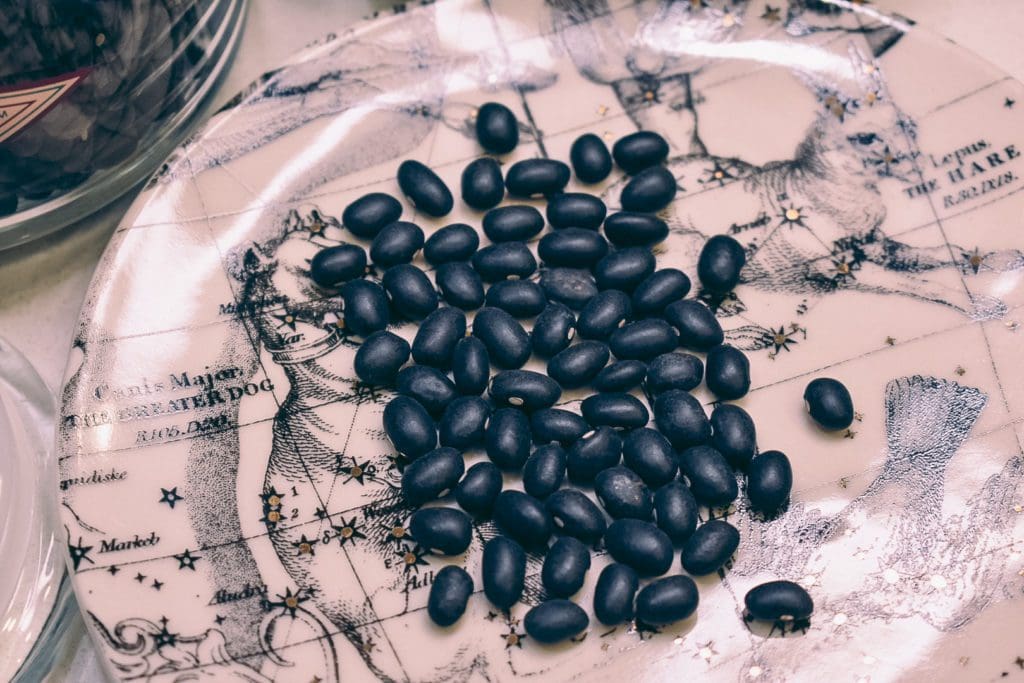
Quinoa is a Basic Necessity for Plant Based Eating
Another protein-rich food I use a lot in my cooking is quinoa. Quinoa, an edible seed, is a complete protein with 8 grams of protein per cooked cup. Besides protein, quinoa contains a lot of other great nutrients, like magnesium folate, phosphorus, thiamin, and iron. Quinoa is available in a few different types, with white quinoa being probably the most common. You can also buy red quinoa or rainbow quinoa (my favorite).

Read more about quinoa health benefits and how to use it in a plant based diet here!
Chia and Hemp Seeds for Additional Protein
Chia seeds and hemp seeds are easy ways to add a bit of extra protein to your meals, as well. Chia seeds, a complete protein, contain about 2 grams of protein per tablespoon. Use them to make a great chia seed pudding, or as an addition to a quinoa or lentil bowl! Personally, I prefer ground chia seeds, but you can buy whole chia seeds, too.
Hemp seeds, on the other hand, contain about 5 grams of protein per table spoon. These can be incorporated similarly to chia seeds. I like to add them to guacamole or avocado toast.

Nutritional Yeast Adds Flavor and Nutrients
I only recently discovered nutritional yeast, and I am totally loving it. This plant protein source is nutrient-packed deactivated yeast that adds a hint of nutty, cheesy flavor to any dish. It has about 8 grams of protein per 1/4 a cup, and it’s super easy to add into pasta or quinoa dishes and soups. You can even simply sprinkle it on top of popcorn, toast, or any other dish that needs a hit of umami flavor.
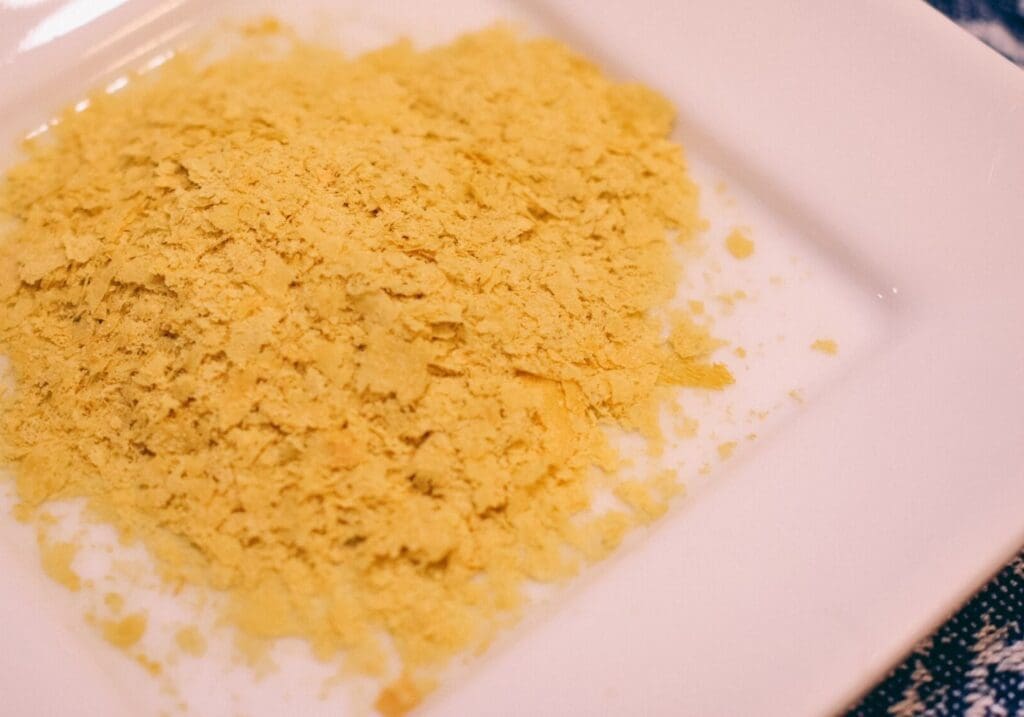
Read all about nutritional yeast and how to use it here!
Protein Rich Vegetables Always Help
Even though you might not immediately think of vegetables when you consider protein sources, many vegetables contain protein. In particular, dark, leafy greens typically contain the most proteins. While these are not huge sources of plant based protein (a medium broccoli stalk contains about 4 grams of protein, while kale offers about 2 grams per cup), they are easy additions to a quinoa bowl or any other dish you’re making. Plus, keeping snackable veggies around is always a great idea.
Green peas are also great sources of protein, with about 8 or 9 grams per cooked cup. Besides protein, green peas contain a bunch of great vitamins and minerals, including 25% of one’s daily fiber and folate requirements.
Recipes with Affordable Plant Based Protein Sources
If you’re looking for a great pasta dish packed with protein, try Pasta e Ceci (pasta with chickpeas). Top it with cheese or skip it — you can’t go wrong.
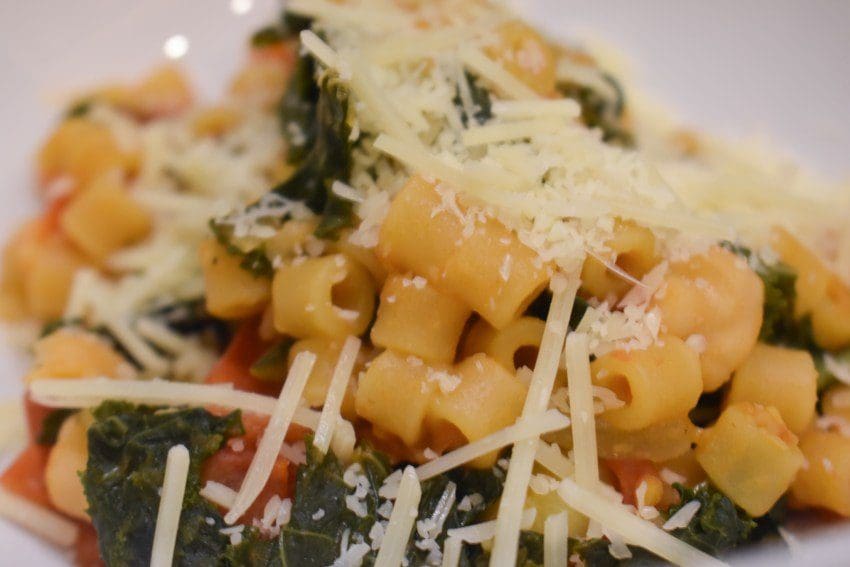
Interested in using lentils in your next meal prep session? Check out this broccoli and squash bowl recipe.

For nights when you’re short on time but craving some quality plant based protein, try my one pot dinner idea with vegetables, quinoa, and chickpeas.
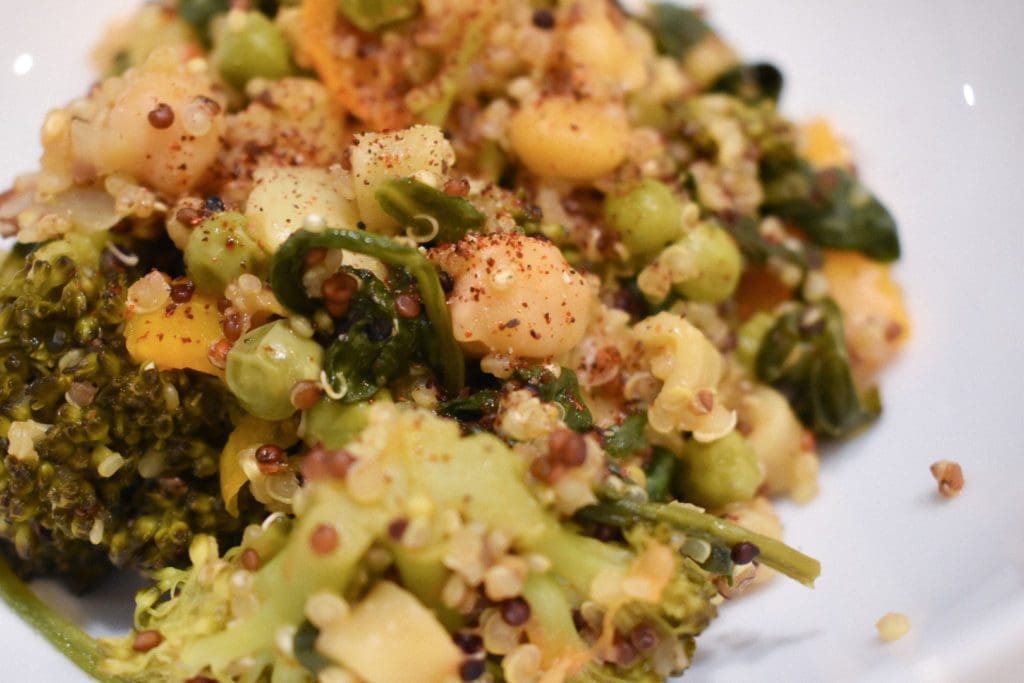
Sources
- Medical News Today, Top 15 Sources of Plant-Based Protein
- Xu B. Ganesan, Int. J. Mol. Sci. (2017), Polyphenol-Rich Lentils and Their Health Promoting Effects
- Harvard T.H. Chan School of Public Health, Chickpeas (Garbanzo Beans)
- Harvard T.H. Chan School of Public Health, Quinoa
- Healthline, 13 Nearly Complete Protein Sources for Vegetarians and Vegans
- Healthline, The 17 Best Protein Sources for Vegans and Vegetarians
- House Foods, 10 Best Sources of Plant-Based Protein by Whitney English, RD
- Everyday Health, 10 of the Best Plant-Based Sources of Protein

*This post about affordable plant based protein sources was originally published on August 17, 2020. It was most recently updated on January 11, 2022.
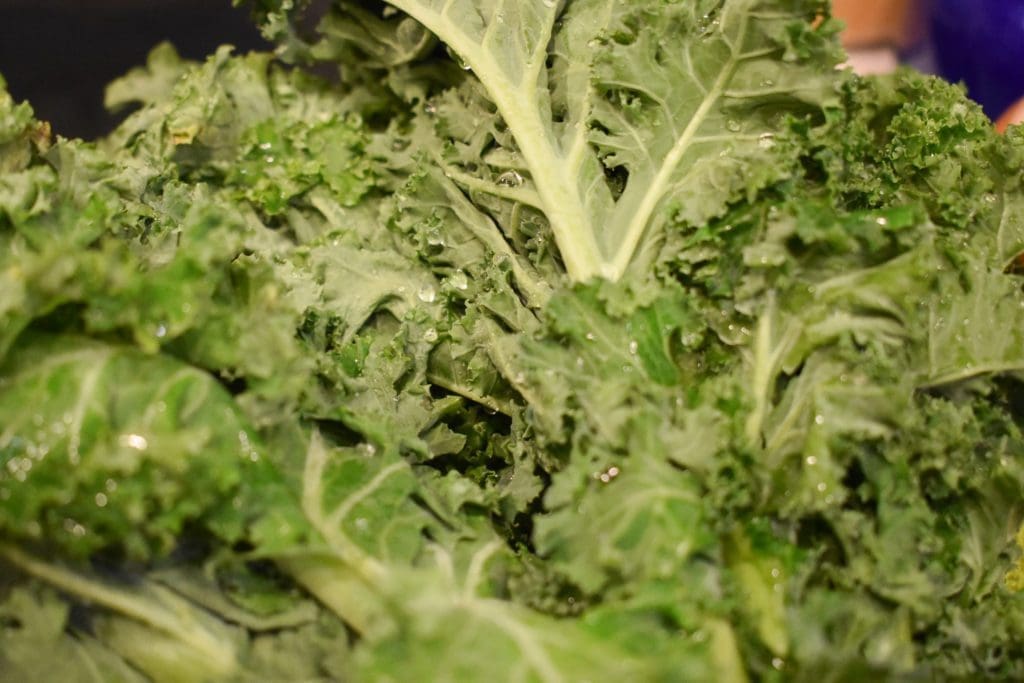
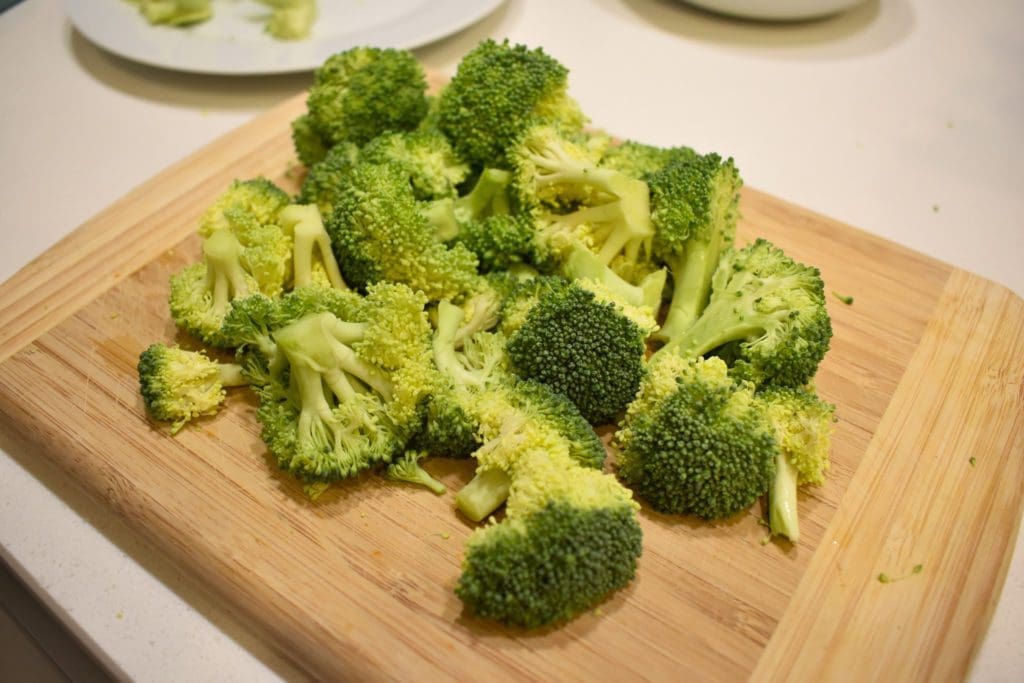

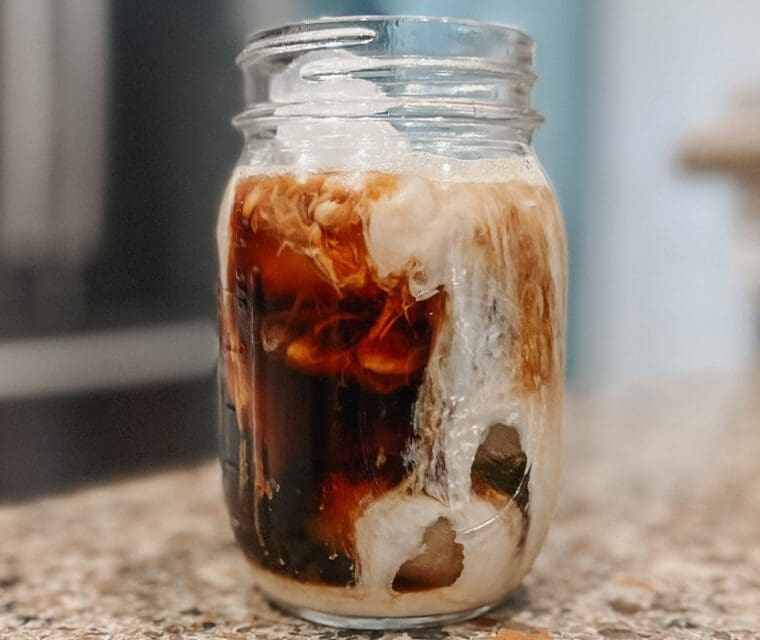

I had no idea some of these were such good sources of protein. I absolutely love quinoa and chickpeas I add chickpeas to soup they are delicious. Thank you so much for sharing.
I’m glad you liked the article! Chickpeas are so great – definitely one of my favorites, too.
As someone who is working on getting protein more from plant sources, this information is so helpful!
So glad you find it helpful!